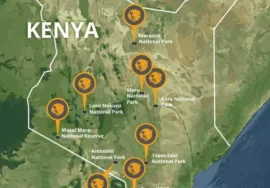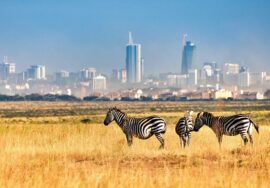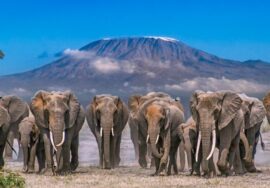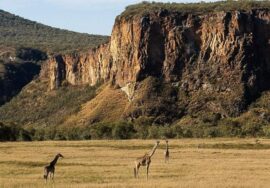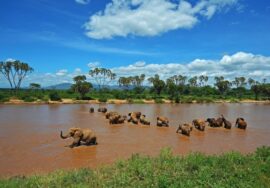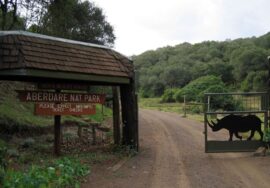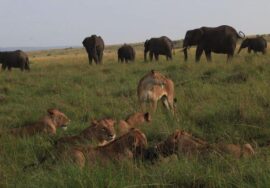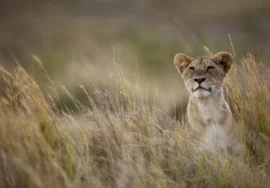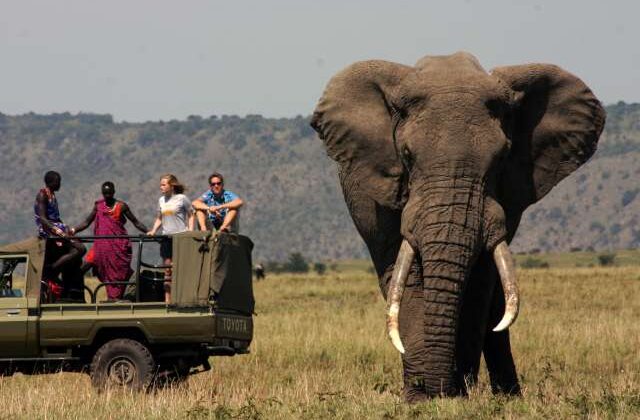
MARA NORTH CONSERVANCY
MARA NORTH CONSERVANCY, The Masai Mara Reserve has the most animals in Kenya, and this specially protected area is right next to it. It’s the perfect place for a private tour. You can be sure to see all five of Africa’s Big Five animals, including lions and leopards, in this park and the one next to it. But things are different here because the Mara North Conservancy strictly controls how many tourists and cars can go over its fields and hills.
As you drive through the bush in your 4×4 safari Jeep, you might feel like you have the whole 61,000-acre forest all to yourself. Each bed or tent can only be used by one person every 350 acres or 700 acres. All of this is planned; the low population density saves the animals, the land, and the hundreds of Maasai people who live there now and are part of this big conservation experiment.
You’ll also gain because you can do many things that aren’t allowed in the nearby national reserve. You can go off-road on a walking tour with a guide, or you can explore the animal-filled area at night. People who like to be outside can go on an organized camping trip that includes bush dinners and/or bush breakfasts. A full-on safari experience is what this private reserve is all about.
The animals and the Great Migration
The Great Migration is an annual rush of millions of wildebeests, gazelles, and zebras from the Serengeti into the Masai Mara and Mara North in search of better crops. It is the most amazing sight to see animals moving around on Earth. Lion, leopard, cheetah, hyena, wild dog, and crocodile groups are waiting for them. In the Mara, this is the dance of life and death that never ends.
There is also a strange ravine in the reserve called “Leopard Gorge.” It got its name from the leopards that come here to hunt gazelles, warthogs, and impalas that drink from the rivers nearby. You can see leopards in the trees above, waiting for their food in the gorge.
The Promise of the Conservancy
Whose land is the reserve if it’s not part of the nearby national park? The land is owned by more than 800 members of the Maasai tribe, who along with thirteen safari camps and lodges formed the conservancy. The deal offered low-impact tourism, which means that land would be better protected with controlled grazing. Wildlife is protected from being poached in return, and the Maasai people get paid regularly by the camps and lodges that they stay at.
Both the camps and the herders follow strict rules about the environment, which is a win for everyone. Because of this, Mara North is now one of the world’s biggest community conservancies. The Maasai people have never gotten direct payment for grazing before. This makes their lives better and helps the land get better too.
Highlights of the Mara North Conservancy
Guided Walking Safari: You can’t go on a walking safari with a gun in the nearby Masai Mara Reserve, but you can in Mara North. This way you can really get into the bush and savannah. Your guide is full of interesting facts and information about nature that you can learn from up close.
Night Safari—After dinner at camp, there’s nothing better than getting in your 4×4 and heading out as the sun goes down. As they hunt at night, you’ll see a different group of animals roaming around.
When you go bush camping, it’s just you, the land, the animals, and your guide. You can go on an exciting camping trip by yourself in the conservancy. You’ll have dinner in the wild over your own campfire and fall asleep to the sounds of animals nearby.
People of the Maasai – The pastoral Maasai, who live in this area and used to be your landlords, have been taking care of their cattle for a very long time. You can take a cultural visit to one of their nearby communities to get a feel for their way of life and learn more about their traditions. You might even be asked to take part in a dance ceremony!

